Rising Demand in Electronics
The Copper Chemical Market is experiencing a notable surge in demand due to the increasing use of copper in electronic devices. As technology advances, the need for efficient conductors in smartphones, laptops, and other electronic gadgets grows. In 2025, the electronics sector is projected to account for a significant portion of copper consumption, with estimates suggesting that around 30% of total copper usage will be attributed to this industry. This trend indicates a robust growth trajectory for the Copper Chemical Market, as manufacturers seek high-purity copper chemicals for various applications, including circuit boards and connectors. Furthermore, the push for miniaturization in electronics amplifies the need for specialized copper chemicals, thereby driving market expansion.
Innovations in Chemical Processing
Innovations in chemical processing are significantly impacting the Copper Chemical Market. Advances in extraction and refining technologies are enhancing the efficiency of copper production, leading to higher yields and lower costs. In 2025, it is anticipated that new processing methods will emerge, allowing for the production of high-purity copper chemicals that meet the evolving demands of various industries. This technological evolution not only improves the economic viability of copper production but also aligns with the industry's shift towards sustainability. As processing techniques become more sophisticated, the Copper Chemical Market is likely to benefit from increased competitiveness and a broader range of applications.
Expanding Applications in Agriculture
The Copper Chemical Market is witnessing an expansion in applications within the agricultural sector. Copper compounds are increasingly recognized for their role in crop protection and soil health. In 2025, the agricultural use of copper chemicals is projected to grow, driven by the need for effective fungicides and micronutrients. This trend indicates a diversification of the Copper Chemical Market, as agricultural producers seek reliable solutions to enhance crop yields and manage pests. The integration of copper chemicals in sustainable farming practices further underscores their importance, suggesting a promising avenue for market growth as the agricultural sector evolves.
Infrastructure Development Initiatives
Infrastructure development initiatives are playing a crucial role in propelling the Copper Chemical Market forward. Governments and private sectors are investing heavily in infrastructure projects, including transportation, utilities, and housing. In 2025, it is anticipated that infrastructure spending will reach unprecedented levels, with copper being a primary material for wiring, plumbing, and structural components. The demand for copper chemicals, essential for producing alloys and coatings, is likely to increase in tandem with these projects. This trend suggests a sustained growth opportunity for the Copper Chemical Market, as the need for durable and efficient materials becomes paramount in modern construction practices.
Environmental Regulations and Sustainability
The Copper Chemical Market is increasingly influenced by stringent environmental regulations and a growing emphasis on sustainability. As industries strive to reduce their carbon footprint, the demand for eco-friendly copper chemicals is on the rise. In 2025, it is expected that a significant portion of copper production will adhere to sustainable practices, with companies investing in cleaner technologies and recycling methods. This shift not only aligns with regulatory requirements but also caters to consumer preferences for environmentally responsible products. Consequently, the Copper Chemical Market is likely to witness a transformation, with a focus on sustainable sourcing and production methods that minimize environmental impact.


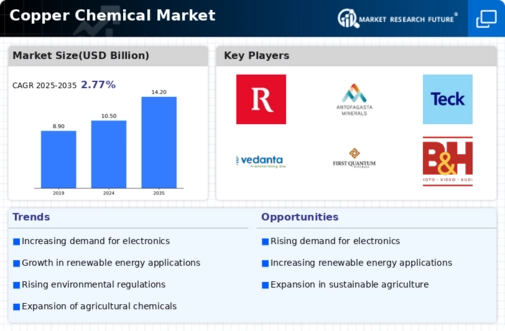
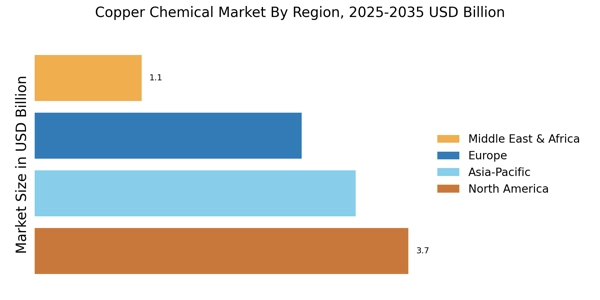
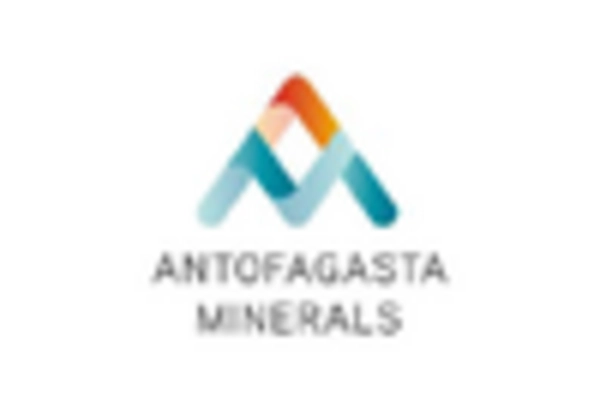
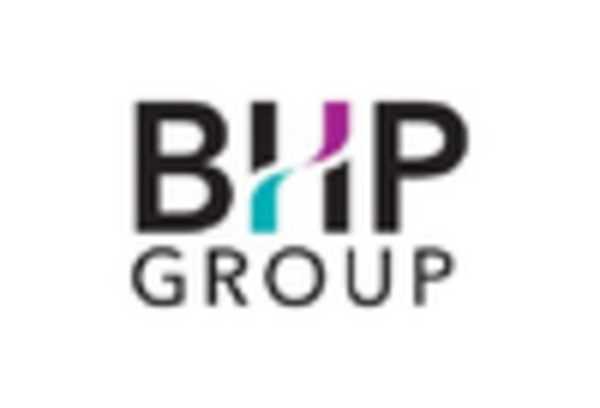
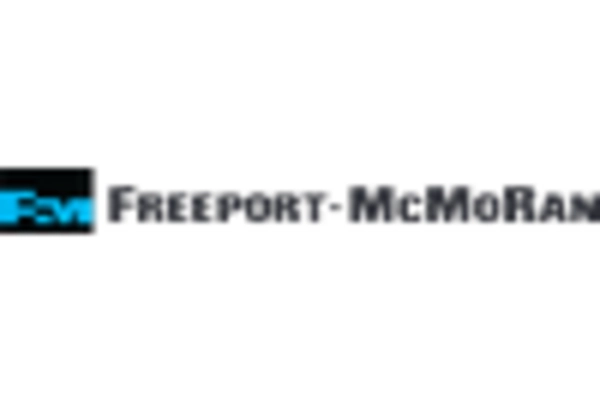
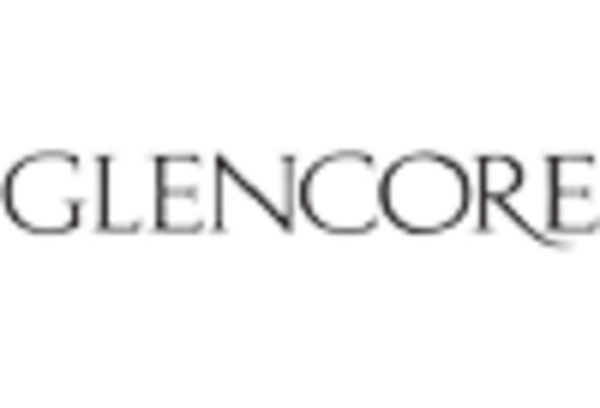
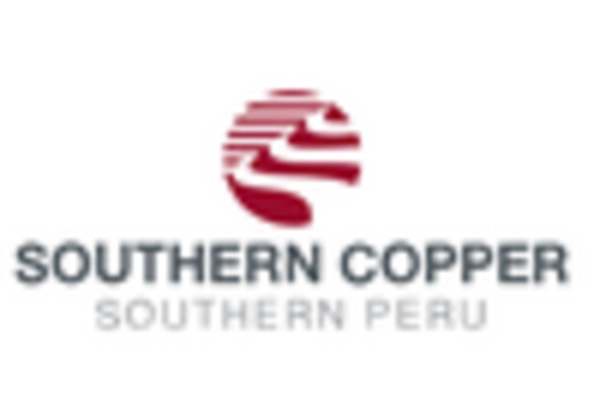
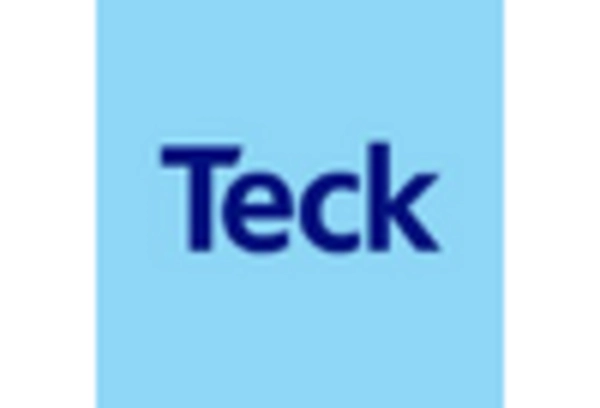








Leave a Comment